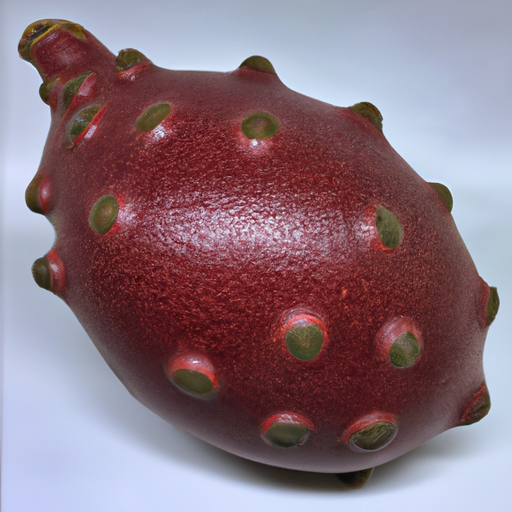Enclosure components are a very important part of electronic products, playing a role in protecting and supporting electronic components. There are various types of enclosure components, which can be classified into different categories based on their functions and uses. In this article, we will focus on the classification and recommended requirements of enclosure components.

Firstly, enclosure components can be categorized into several types based on their functions and uses: protective enclosures, heat dissipation enclosures, connection enclosures, and support enclosures. Protective enclosures are mainly used to protect electronic components from external environmental influences such as dust, moisture, and vibration. Heat dissipation enclosures are used for heat dissipation, helping electronic components maintain normal operating temperatures. Connection enclosures are used to connect different components, transmitting signals and power. Support enclosures are used to support and fix components, ensuring their normal operation.
When selecting enclosure components, the following requirements need to be considered:
1. Material: The material of enclosure components should have good mechanical properties and characteristics such as high temperature resistance and corrosion resistance. Common materials include metal, plastic, and ceramics.
2. Size: The size of enclosure components should match the electronic components to ensure complete coverage and protection.
3. Heat dissipation performance: For electronic components requiring heat dissipation, enclosure components should have good heat dissipation performance to help maintain normal operating temperatures.
4. Protection performance: Enclosure components should have good protection performance to effectively prevent the impact of dust, moisture, vibration, and other external environmental factors on electronic components.
5. Connection performance: For components requiring connection, enclosure components should have good connection performance to stably transmit signals and power.
Based on the above requirements, we recommend the following types of enclosure components:
1. Protective enclosures: Metal enclosures are a common type of protective enclosure, with good mechanical properties and corrosion resistance, effectively protecting electronic components from external environmental influences.
2. Heat dissipation enclosures: Aluminum alloy enclosures are a good type of heat dissipation enclosure, with good heat dissipation performance to help electronic components maintain normal operating temperatures.
3. Connection enclosures: Plastic enclosures are a common type of connection enclosure, with good connection performance to stably transmit signals and power.
4. Support enclosures: Ceramic enclosures are a good type of support enclosure, with good mechanical properties to stably support and fix electronic components.
In conclusion, enclosure components play a very important role in electronic products, and choosing the right enclosure components is crucial for protecting and supporting electronic components. When selecting enclosure components, it is important to consider their functions and uses, as well as requirements such as material, size, heat dissipation performance, protection performance, and connection performance, to ensure the normal operation and long-term stability of electronic products. We hope this article has been helpful to you, thank you for reading!
Enclosure components are a very important part of electronic products, playing a role in protecting and supporting electronic components. There are various types of enclosure components, which can be classified into different categories based on their functions and uses. In this article, we will focus on the classification and recommended requirements of enclosure components.

Firstly, enclosure components can be categorized into several types based on their functions and uses: protective enclosures, heat dissipation enclosures, connection enclosures, and support enclosures. Protective enclosures are mainly used to protect electronic components from external environmental influences such as dust, moisture, and vibration. Heat dissipation enclosures are used for heat dissipation, helping electronic components maintain normal operating temperatures. Connection enclosures are used to connect different components, transmitting signals and power. Support enclosures are used to support and fix components, ensuring their normal operation.
When selecting enclosure components, the following requirements need to be considered:
1. Material: The material of enclosure components should have good mechanical properties and characteristics such as high temperature resistance and corrosion resistance. Common materials include metal, plastic, and ceramics.
2. Size: The size of enclosure components should match the electronic components to ensure complete coverage and protection.
3. Heat dissipation performance: For electronic components requiring heat dissipation, enclosure components should have good heat dissipation performance to help maintain normal operating temperatures.
4. Protection performance: Enclosure components should have good protection performance to effectively prevent the impact of dust, moisture, vibration, and other external environmental factors on electronic components.
5. Connection performance: For components requiring connection, enclosure components should have good connection performance to stably transmit signals and power.
Based on the above requirements, we recommend the following types of enclosure components:
1. Protective enclosures: Metal enclosures are a common type of protective enclosure, with good mechanical properties and corrosion resistance, effectively protecting electronic components from external environmental influences.
2. Heat dissipation enclosures: Aluminum alloy enclosures are a good type of heat dissipation enclosure, with good heat dissipation performance to help electronic components maintain normal operating temperatures.
3. Connection enclosures: Plastic enclosures are a common type of connection enclosure, with good connection performance to stably transmit signals and power.
4. Support enclosures: Ceramic enclosures are a good type of support enclosure, with good mechanical properties to stably support and fix electronic components.
In conclusion, enclosure components play a very important role in electronic products, and choosing the right enclosure components is crucial for protecting and supporting electronic components. When selecting enclosure components, it is important to consider their functions and uses, as well as requirements such as material, size, heat dissipation performance, protection performance, and connection performance, to ensure the normal operation and long-term stability of electronic products. We hope this article has been helpful to you, thank you for reading!







